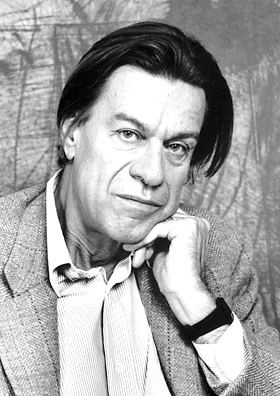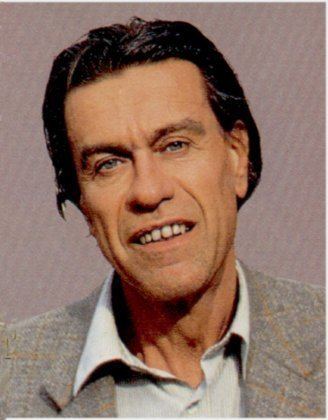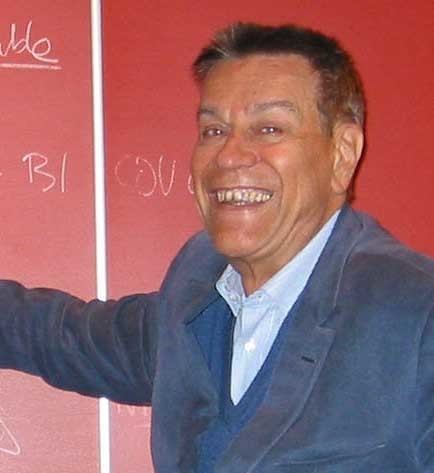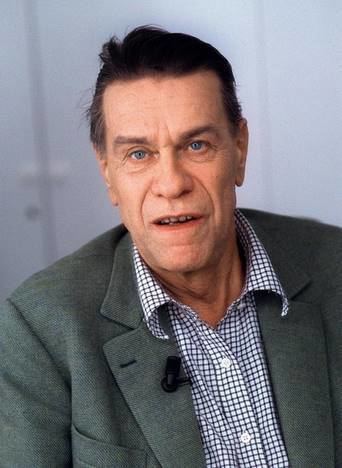Nationality French | Role Physicist Name Pierre-Gilles Gennes | |
 | ||
Alma mater Ecole Normale Superieure Notable awards ForMemRS (1984)Matteucci Medal (1987)Harvey Prize (1988)Lorentz Medal (1990)Wolf Prize (1990)Nobel Prize for Physics (1991)Eringen Medal (1998) Awards Nobel Prize in Physics, Lorentz Medal, Wolf Prize in Physics, Harvey Prize in Science and Technology, Holweck Prize Books Scaling Concepts in Polyme, The physics of liquid cry, Capillarity and Wetting P, Superconductivity of metals and alloys, Simple views on condense Similar People Francoise Brochard‑Wyart, Paul Flory, David J Thouless, Cecile DeWitt‑Morette, Jean‑Marie Lehn | ||
Education Ecole Normale Superieure | ||
Pierre gilles de gennes professeur honoris causa hec paris
Pierre-Gilles de Gennes ([ʒɛn]; October 24, 1932 – May 18, 2007) was a French physicist and the Nobel Prize laureate in physics in 1991.
Contents
- Pierre gilles de gennes professeur honoris causa hec paris
- R sidence tudiante studefi pierre gilles de gennes orsay
- Education and early life
- Career and research
- Awards and honours
- Personal life
- References

R sidence tudiante studefi pierre gilles de gennes orsay
Education and early life

He was born in Paris, France, and was home-schooled to the age of 12. By the age of 13, he had adopted adult reading habits and was visiting museums. Later, de Gennes studied at the École Normale Supérieure. After leaving the École in 1955, he became a research engineer at the Saclay center of the Commissariat à l'Énergie Atomique, working mainly on neutron scattering and magnetism, with advice from A. Abragam and Jacques Friedel. He defended his Ph.D. in 1957 at the University of Paris.
Career and research

In 1959, he was a postdoctoral research visitor with Charles Kittel at the University of California, Berkeley, and then spent 27 months in the French Navy. In 1961, he was assistant professor in Orsay and soon started the Orsay group on superconductors. In 1968, he switched to studying liquid crystals.
In 1971, he became professor at the Collège de France, and participated in STRASACOL (a joint action of Strasbourg, Saclay and Collège de France) on polymer physics. From 1980 on, he became interested in interfacial problems: the dynamics of wetting and adhesion.
More recently, he worked on granular materials and on the nature of memory objects in the brain.
Awards and honours
He was awarded the Harvey Prize, Lorentz Medal and Wolf Prize in 1988 and 1990. In 1991, he received the Nobel Prize in physics. He was then director of the École Supérieure de Physique et de Chimie Industrielles de la Ville de Paris (ESPCI), a post he held from 1976 until his retirement in 2002.
P.G. de Gennes has also received the F.A. Cotton Medal for Excellence in Chemical Research of the American Chemical Society in 1997, the Holweck Prize from the joint French and British Physical Society; the Ampere Prize, French Academy of Science; the gold medal from the French CNRS; the Matteuci Medal, Italian Academy; the Harvey Prize, Israel; and polymer awards from both APS and ACS.
He was awarded the above-mentioned Nobel Prize for discovering that "methods developed for studying order phenomena in simple systems can be generalized to more complex forms of matter, in particular to liquid crystals and polymers".
The Royal Society of Chemistry awards the De Gennes Prize biennially, in his honour. He was elected a Foreign Member of the Royal Society (ForMemRS) in 1984. He was awarded A. Cemal Eringen Medal in 1998.
Personal life
In 2003 he was one of 22 Nobel Laureates who signed the Humanist Manifesto.
On 22 May 2007, his death was made public as official messages and tributes poured in.
On nuclear fusion he was quoted as saying, "We say that we will put the sun into a box. The idea is pretty. The problem is, we don't know how to make the box."
